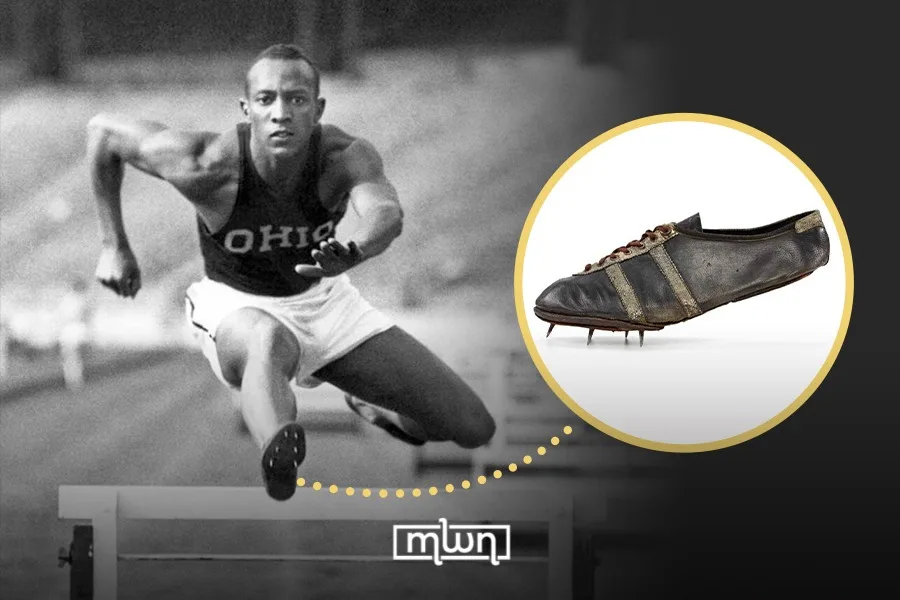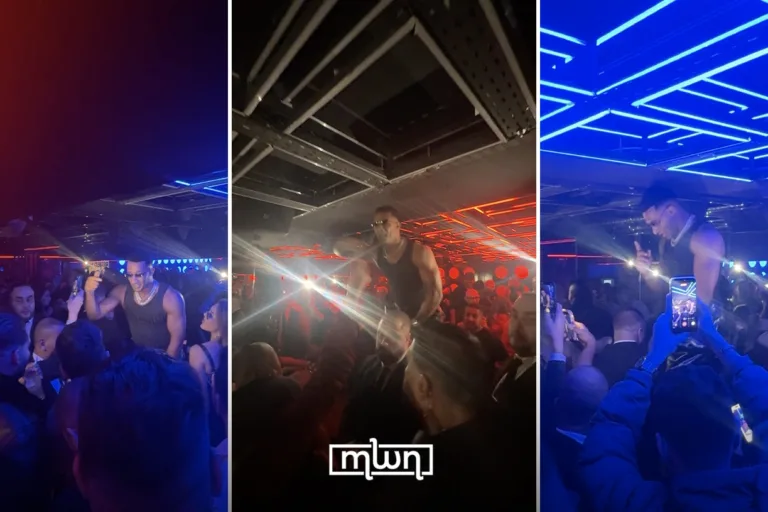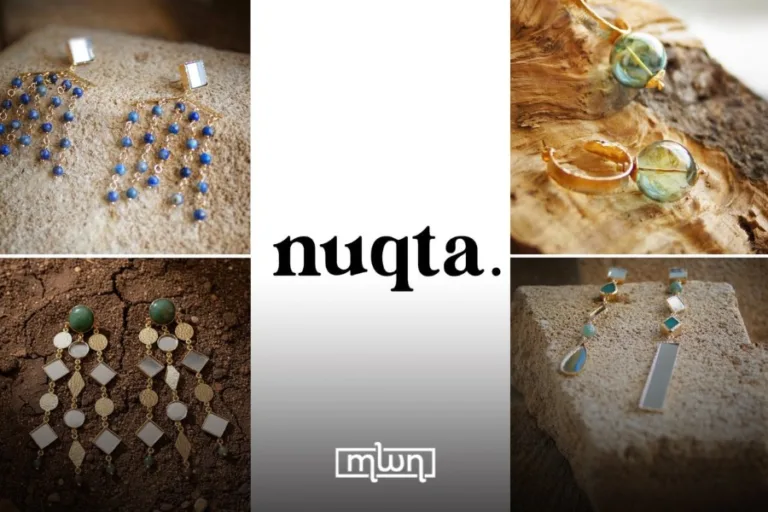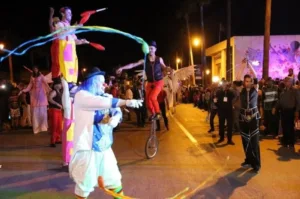Rabat – Born in 1900, Adolf Dassler — who went by the nickname ‘Adi’ — was a normal kid who came from a humble family residing in the German city of Herzogenaurach. Adi’s father was a cobbler, while his mother ran a laundromat for neighbours in a small facility of hers. With his older brother, Rudolph, Adi would often help their mother deliver laundry around the neighborhood.
World War Ⅰ
World War Ⅰ broke out when Adi was just 14 and Rudolph was called to serve on the front lines during the war. Adi was only drafted during the final stages of the war. He came back to find out that his city, Herzogenaurach, was hit with post-war economic depression like every city in Germany. His mother’s laundry business did not survive the aftermath of the First World War. Determined to start a business, Adi decided to follow the footsteps of his father by taking on the skill and craft of shoemaking.
He learned from his father’s business and through significant exposure to the art of shoemaking, ultimately contributing to his later successes in life. Adi eventually had the ambition and the skills necessary to kickstart a successful shoemaking business.
Adi had only one problem with his plan: he had no facility or any material with which he could actually produce shoes. He couldn’t simply limit himself to simple shoe fixing that he started with; his ambition went further than that. Known for being a passionate athlete as a young man, he was inspired to make shoes fit for athletes and runners alike.
With his vision set, nothing could stop him. He was desperate to reach his goal and turned to creative measures. Around 1920, Germany’s former battlefields were littered with traces of war; it was common to find canvas from army tents, rubber from vehicle tires, and leather that was used to make helmets for the German soldiers. With sheer scrap, innovation, and the help of his brother, Adi was able to come up with shoes that were perfect for runners.
The Dassler brothers’ alliance
After World War I, Adolf’s older brother Rudolph worked as a salesman. While observing his little brother from afar, he later decided to join him, creating a duo in which Adi could focus on production, while Rudolph would take care of sales and marketing. The Dassler siblings later founded their shoe company, Gebrüder Dassler Schuhfabrik (Dassler Brothers Shoe Factory), in 1924.
Around 1928, Adi finalized his prototype of spiked shoes for running; it was Rudolph’s job to find out who would want to buy them.
The 1928 Olympic Games held in the Netherlands provided a golden opportunity to the Dassler brothers. Germany was known for their impressive Olympic performances — especially in running, track, and field.
The beginning of the Dassley downfall
The Dassler Brothers Shoe Factory was doing incredibly well after its launch. Although it wasn’t a massive brand yet, they supplied high-quality shoes to a number of athletes, mostly German. The brand gained peak attraction when they managed to sponsor African-American athlete Jesse Owens. Owens would win four gold medals wearing the Dassler shoes years before World War ⅠⅠ broke out, in which Germany would surrender in front of the Allied forces.
One of the most famous athletes they managed to sponsor was African-American runner Jesse Owens during the 1936 Germany Olympics.
Interpersonal conflicts between the two brothers began due to differing visions on company management. Adi wanted to focus more on the quality of the product; the sustainability of the shoes and convenience for runners mattered more to Adi, while Rudolph was focused on profit and company expansion. Tensions began to rise within the company and the brothers u; ultimately separated in 1948.
World War ⅠⅠ
The breakup happened years after the end of World War ⅠⅠ. When American officials started investigating all those who were involved in the Nazi movement, reports found that Rudolph Dassler had deep ties with the movement and had once expressed Nazi ideologies. He was detained by American forces in Germany. Rudolph alleged that Adi informed the US of his relation to the Nazi movement; however, there is no solid evidence of this.
The start of the Adidas-Puma rivalry
Adi continued his journey in shoemaking, continuing with his company, but with a new name. If his name – Adi Dassler- was not a hint enough, his company would expand even further to become what we know as “Adidas” today.
Rudolph stayed in the shoemaking business and founded his own company, “Puma.” To this day, both brands are still considered global leaders in sportswear. The rivalry between the siblings is still often discussed within business academia, especially when discussing family dynamics in business.
As each sibling went in their own direction in the shoemaking business, their hometown also experienced a divide following the split. Herzogenaurach was initially split by a river; one side was ruled by Adidas, and the other by Puma.“The split between the Dassler brothers was to Herzogenaurach what the building of the Berlin Wall was for the German capital,” said local German journalist Rolf‑Herbert Peters.
Though the severity of the rivalry has died down, locals of Herzogenaurach, to this day, tease each other about their choice of the brand of shoes.
















